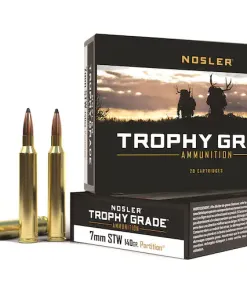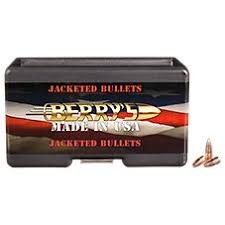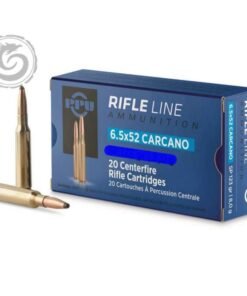22-250 Remington Ammo
$25.00
22-250 ammo
22-250 ammo, also known as .22-250 Remington, is a popular rifle cartridge commonly used for varmint hunting and target shooting. It was introduced by Remington in 1965 and has since become a favorite among hunters and shooters.
Specifications:
| Caliber | 22-250 Rem |
| Bullet Weight | 60 |
| Bullet Style | Nosler Partition |
| Muzzle Velocity | 3500 |
| Ballistic Coefficient | .227 |
| Bullet Length In | 0.790in. / 20.07mm |
| Package Quantity | 20 |
| Usage | Medium Game |
why is 22-250 ammo hard to find?
According to current market trends and supply and demand, 22-250 ammo may be harder to find due to its popularity among hunters and shooters.
ballistics of a 22-250:
The 22-250 is a high-velocity, flat-shooting rifle cartridge commonly used for varmint hunting and target shooting. It typically has a bullet weight of 50-55 grains and can reach muzzle velocities of over 3,500 feet per second, making it effective for longer range shots. The ballistics of the 22-250 make it popular for its accuracy and minimal recoil.
velocity of a 22-250
How to reload 22-250 ammo:
Reloading .22-250 ammunition can be a rewarding process, allowing you to customize loads for accuracy and performance. Here’s a step-by-step guide to help you get started:
Equipment Needed
1. **Reloading Press**: Single-stage or progressive press.
2. **Dies**: .22-250 Remington reloading dies (resize and seating).
3. **Shell Holder**: Specific to .22-250.
4. **Powder Scale**: For measuring powder accurately.
5. **Powder Funnel**: For pouring powder into cases.
6. **Calipers**: For measuring overall cartridge length.
7. **Priming Tool**: For seating primers.
8. **Reloading Manual**: For load data and safety information.
9. **Brass Cases**: Once-fired or new brass.
10. **Bullets**: Choose the appropriate bullet weight for your needs.
11. **Primers**: Large rifle primers.
Step-by-Step Process
1. **Safety First**
– Always prioritize safety. Wear safety glasses and work in a well-ventilated area. Follow all safety guidelines in your reloading manual.
2. **Prepare Your Workspace**
– Set up a clean, organized work area with all your tools readily accessible.
#### 3. **Inspect and Clean Brass**
– Inspect your brass for damage. Clean dirty cases using a tumbler or ultrasonic cleaner to remove any debris.
#### 4. **Resize Brass**
– Install the resizing die in your press. Lube the brass lightly with case lube to prevent sticking. Resize each case to ensure it fits your chamber properly.
#### 5. **Trim Cases (if necessary)**
– Measure the length of the resized cases. Trim them to the correct length (2.350 inches for .22-250) if they exceed the specified length.
#### 6. **Deprime Cases**
– Use the resizing die to deprime the cases. This removes the spent primer and prepares the case for a new primer.
#### 7. **Prime Cases**
– Using a priming tool, seat new large rifle primers into each case. Ensure they are flush with the case head.
#### 8. **Measure and Add Powder**
– Consult your reloading manual for recommended powder types and charges. Use the powder scale to measure the desired charge, then use a funnel to pour it into each case.
#### 9. **Seat Bullets**
– Set up the bullet seating die. Use calipers to measure the overall length of the cartridge. Seat the bullet to the recommended length, ensuring it’s properly aligned.
#### 10. **Crimp (if necessary)**
– If your load requires crimping, adjust the die accordingly. A light crimp may help with bullet retention, especially in magazine-fed firearms.
#### 11. **Inspect Finished Rounds**
– Check each completed round for consistency in bullet seating and overall length.
#### 12. **Store Properly**
– Store your reloaded ammunition in a cool, dry place, away from direct sunlight.
Additional Tips
– **Start Low**: When trying a new load, start with the minimum recommended powder charge and work your way up while watching for signs of pressure.
– **Record Keeping**: Keep detailed records of your loads, including powder type, charge weight, bullet type, and performance results.
Conclusion
Reloading .22-250 ammunition can enhance your shooting experience and save money. Always follow safety protocols and consult reloading manuals for the best practices and load data. Enjoy the process and the improved performance of your custom loads!











Reviews
There are no reviews yet.